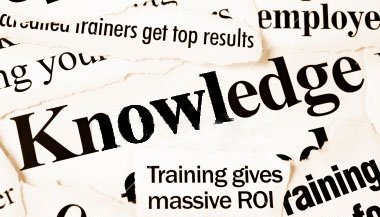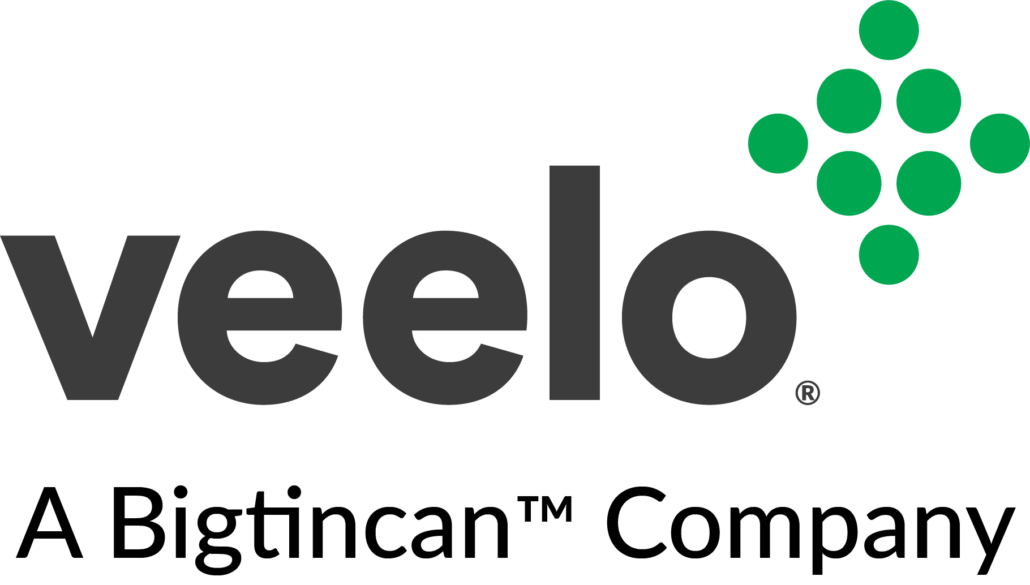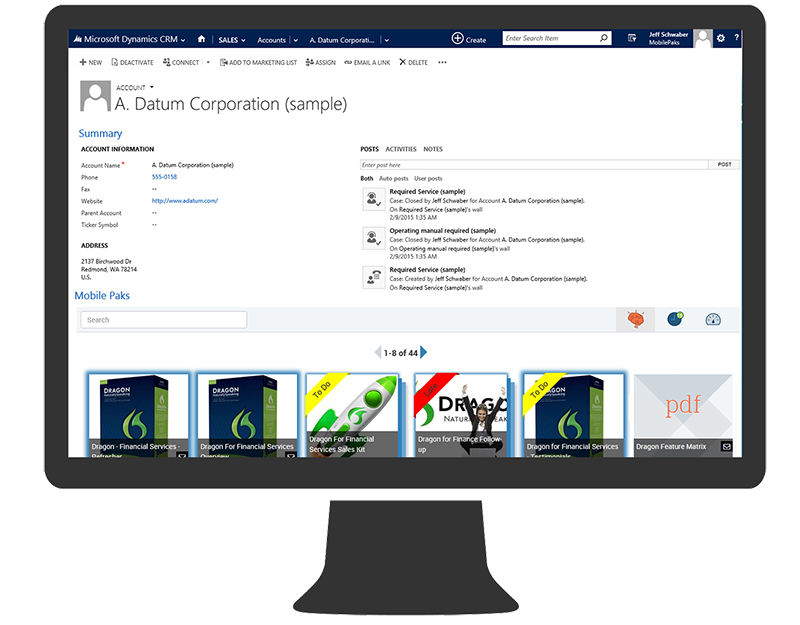Improving New Sales Hire Training ROI

Last week, we talked about the importance of having a scalable sales onboarding program. Today, we want to talk about bumping up the return on investment (ROI) of new sales hire training.
Every job has a learning curve, but sales training curves can be especially steep. Generally, you should give newbie sellers at least three months before they start getting up to speed—though keep in mind three months is optimistic. According to an Aberdeen review, only 29% of new hires hit performance milestones in their first year. Factor in that average turnover for salespeople is about two years, and new sales hires could actually end up costing you money.
How do you avoid this resource drain and improve your sales training ROI?
Extending training beyond the initial onboarding period helps improve performance; so does adapting your training to how people actually learn, use and remember information.
New Sales Hire Training: Ideal Duration and Frequency
How much is enough, then? This varies from company to company, of course, and depends on factors like the length of your sales cycle. However, there are several rules of thumb for new sales hire training length:
- Initial sales onboarding should run one to two weeks
- Sales managers should spend about a third of their time coaching their team
- Continued training should last for the duration of the rep’s time with your company, but with decreasing frequency
- Evaluation should occur at least once a month for new hires
- Expect new sales hires to underperform for the first 90 days plus the length of your sales cycle
One of the most important aspects of sales training is the ongoing reinforcement beyond the first few months. Even the most seasoned sales reps forget things, and quick-hitting refreshers can help course correct and close knowledge gaps before they become a problem.
Making Your Training Stick
Repetition and reinforcement are only part of the equation for successful new sales training. Make your training materials easier to learn, use and remember to help speed up the process and increase effectiveness.
Try some of these methods:
- Use a variety of media that engage multiple senses: text, graphics, video and interactive exercises
- Have your new reps practice the new skills as they’re learning them with manager- or peer-mentored role play, e.g., setting up a practice sales call and providing feedback after
- Establish quick weekly reinforcement sessions—especially crucial for the first few months
- Guided Selling™ tools that provide coaching and training recommendations directly in the CRM are especially useful, since these recommendations dynamically change with sales stage, prospect information, and other contextual data—ensuring the most useful training content is right where the sellers need it most
- Keep information short, focused and modular to make it easier for sellers to find the exact bit that they need, and so short attention spans don’t stray
Wrapping Up
According to a 2015 CSO Insights study, the relationship between training and performance is directly correlated. When sales skills exceed benchmarks, reps close 52.6% of deals. Reps who need more sales training close only 40.5% of deals. Sales training can yield excellent ROI; the trick is getting them to top performance more efficiently. We hope this post gives you some ideas on how to start improving your training program.




 What’s the most effective sales enablement support you can give your sales team? The answer isn’t content. Content alone doesn’t help reinforce good sales behavior or enable your sellers, and too much content can overwhelm instead of help.
What’s the most effective sales enablement support you can give your sales team? The answer isn’t content. Content alone doesn’t help reinforce good sales behavior or enable your sellers, and too much content can overwhelm instead of help.